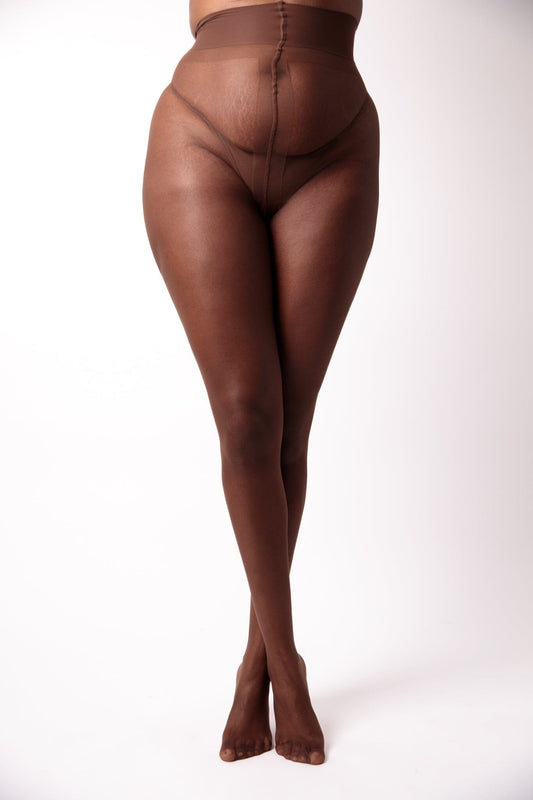Have you ever tried on a bra in your usual size, to find it didn’t fit as expected, or discovered your size was sold out? This is where Sister Sizing can come to the rescue. Sister sizing is a technique that helps you find an alternative bra size with the same cup volume but a different band size. It’s a great option when your usual size isn’t available or doesn’t feel quite right.
Sister sizing doesn’t mean your original size is wrong; it just offers a flexible alternative to help you find the next best fit.
Bra Sizing
To truly understand sister sizing, it's important to first understand how bra sizing works. If you have bought a 34D bra, it will share the exact same wire and cup as a 36C, and a 32DD, a 30E, a 38B and a 40A. This differs from country to country, but as a rule, cups sizes are represented by a letter (such as A, B, C, D, DD, E, etc...) and band sizes by a number (30, 32, 34, 36, 38, etc...).
The band size is pretty much exactly your under-bust measurement (you round up to the nearest band size) and the cup is worked out in direct relation to that. You take your band measurement and your over bust measurement, and the difference between these 2 measurements will determine your lettered cup size (alternatively use our Bra Size Calculator). The cup size is basically a simplified way of labelling the volume and width of your bust in relation to your under band.
Band sizes and cup sizes are ALWAYS relative to one another, meaning a D cup, for example, is not the same across band sizes. This is because the cup volume will increase or decrease with the band size. For example, someone who is a 38D will have a noticeably fuller and wider bust (4 actual cup sizes bigger) than someone who is a 30D. This is because both the cup and band size are needed to create a 'bra size'.

As an example, if person 1 measures 30 inches around the band, and 34 inches over the bust, they would be a 30D, as with a 4 inch difference between the band and the bust measurements, A(1), B(2), C(3), D(4). Person 2 measures 36 around the band, and 40 in the cup, with also a 4 inch difference they would be a 36D. However, person 2 has a measurement of 40 inches in the bust, and person 1 has a measurement of 34 inches, so person 2 will have a much fuller bust (6 inches bigger in measurement), but they'd both wear a 'D' cup, just with a different under band.
As the capacity of a cup increases with the band measurement (e.g. 30D, 32D, 34D) you cannot wear the same cup size with no regard to band measurement when looking for an alternative size.
Sister Sizing
So to find your sister size you need to go UP a band size, and DOWN a cup size, or vice versa.

Sizing Up or Down
Sister Size Down if your bra is on the tightest hook but still feels comfortably loose. This is one band size smaller than your usual band size and one lettered cup size bigger than your current lettered cup size. E.g., if you wear a 34D, your sister size down would be 32DD (it's the same actual cup and wire).
Sister Size Up if your bra is on the loosest hook but feels firm. This is one band size bigger than your current band size and one lettered cup size smaller than your current lettered cup size. E.g., if you wear a 34D, your sister size up would be 36C (still the same actual cup and wire size).
If you sister size down, don't forget you can also purchase Bra Extenders, which make your band size a size bigger, resulting in exactly the same bra size you usually buy!
If you simply ordered the wrong size, or you've lost/gained weight and need a new size, use this chart below to help you find a better size:

After all, all we want is for you to wear a bra that makes you feel comfortable and beautiful in your gorgeous melanated skin tone!




